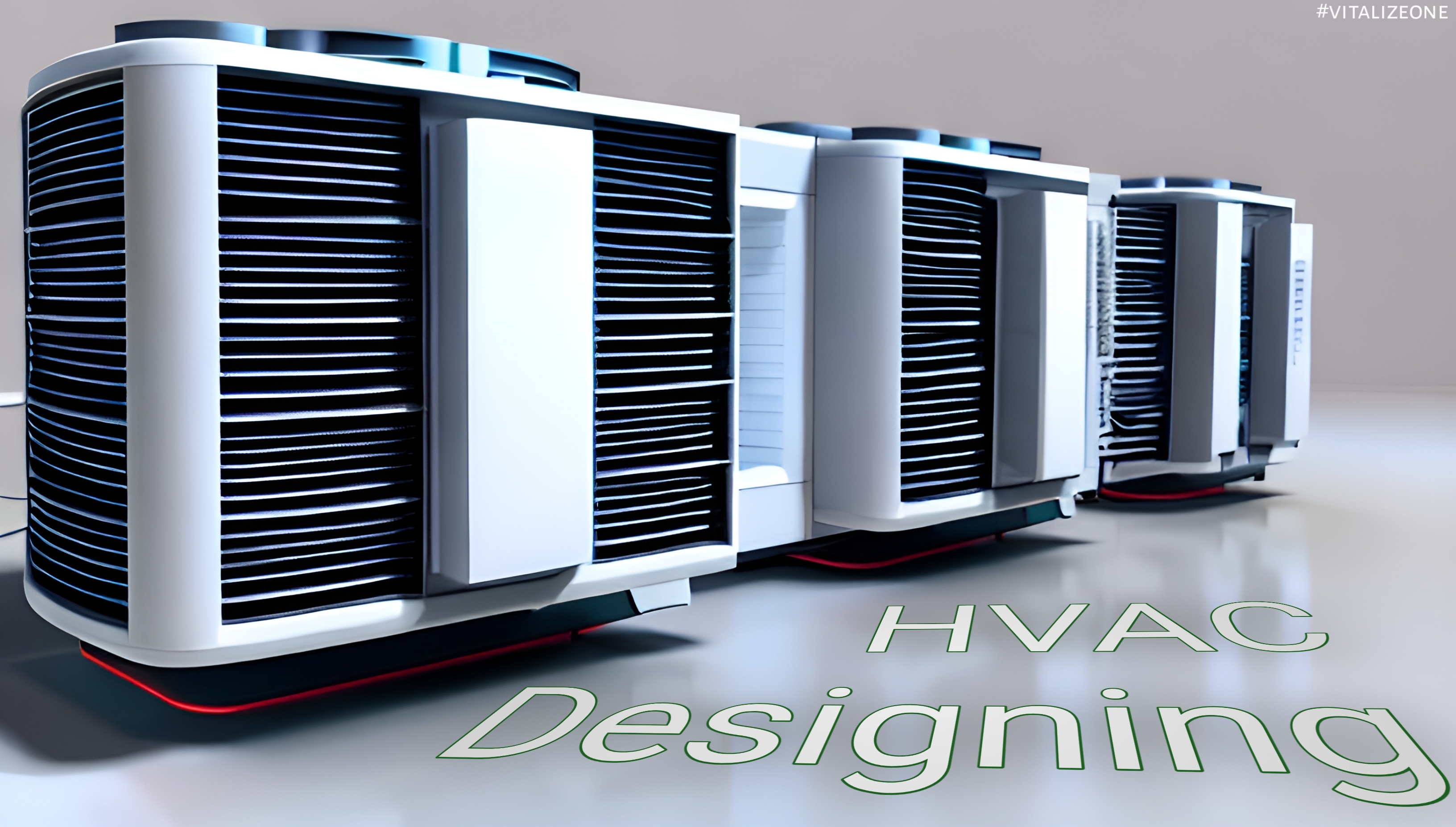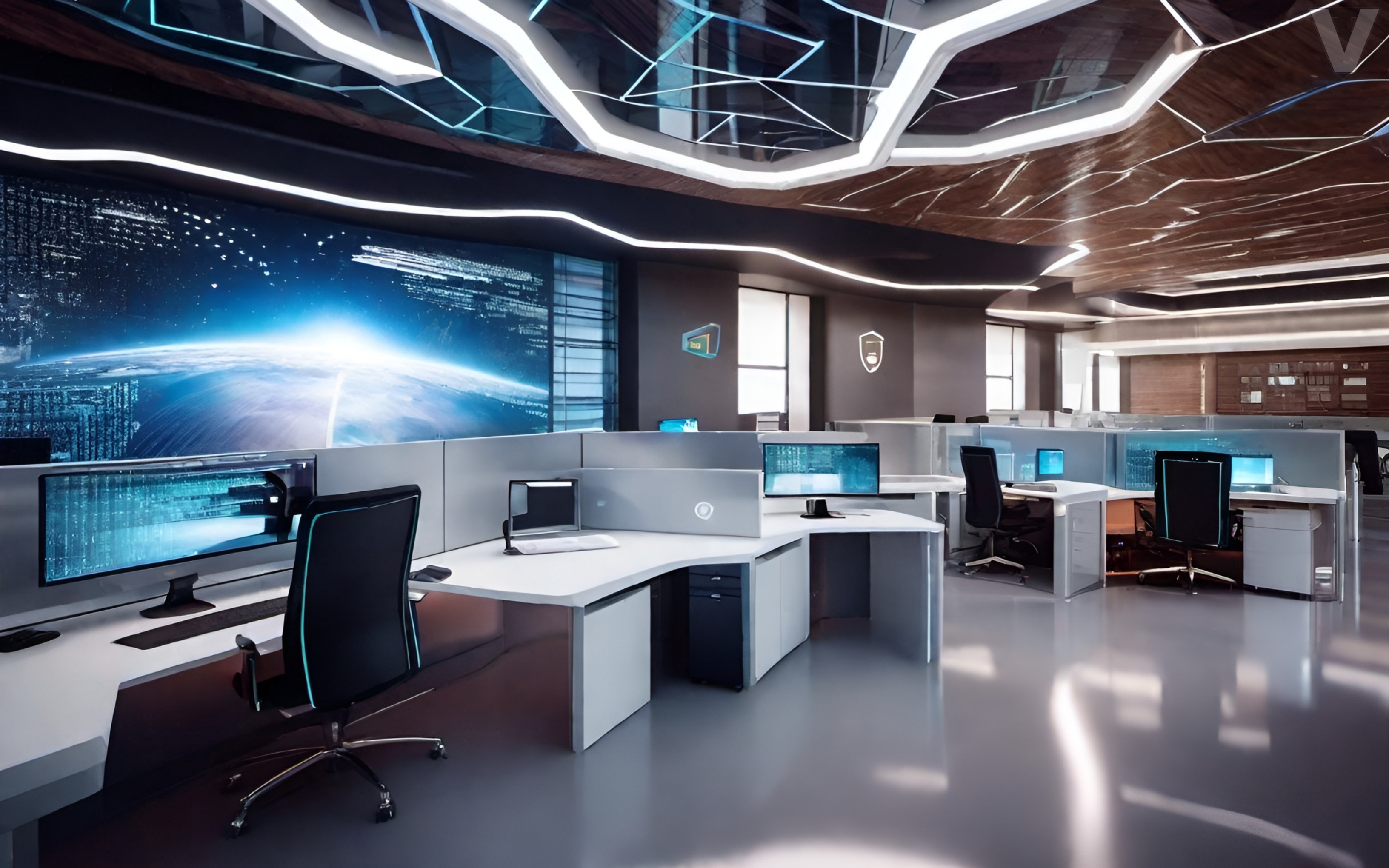|
Getting your Trinity Audio player ready...
|
Heating, ventilation, and air conditioning (HVAC) systems are crucial components in any building, whether it is a residential or commercial space. These utility units provide comfort and maintain indoor air quality, making them an essential feature to ensure occupant satisfaction.
For clients, it’s important to get the possible information on HVAC systems and service providers to make sure that they are making informed decisions. On the other hand, contractors designing an HVAC system need to consider several key factors to create an efficient and effective system that meets the client’s needs.
This article will discuss the key considerations for both clients and contractors when designing an HVAC system and why they are crucial to the success of any installation project.
Type and Size of the System
While all HVAC systems are created for the same purpose, which is regulating the temperature inside a building, not all of them have the same designs. They vary in type and size, and determining which one to use depends on the layout and use of the infrastructure, the climate of the area, and the specific needs of the building’s occupants.
There are four main types of HVAC units:
- Split systems – consisting of two separate units – an outdoor unit and an indoor unit – for greater flexibility in system installation and better control over temperature.
- Hybrid systems – integrate two different energy sources to achieve maximum efficiency and comfort. Such units use a combination of a conventional furnace and an electric heat pump.
- Packaged systems – combine all heating, cooling, and air handling components into a single cabinet or package. These units have a compact design that can save space, making them ideal for restricted areas.
- Duct-free systems – are units that do not require traditional ductwork to distribute conditioned air throughout a building. These systems use a compact indoor unit mounted on the wall or ceiling, which is connected to an outdoor unit via a small refrigerant line.
Moreover, the age of the building, the number of occupants, and the level of insulation are other factors to consider when choosing the type and size of the HVAC system. Contractors need to take into account all these variables to ensure that the unit operates efficiently and effectively.
Cooling Load
Cooling load refers to the amount of heat needed to be removed from the area to effectively maintain the temperature in the space in an acceptable range. It is a critical component that can affect the system’s operation and the comfortability of the infrastructure.
Miscalculation of the cooling load can lead to under-sizing or oversizing — both of which can result in poor indoor air quality, high energy consumption, and increased operating costs. It can also affect the lifespan of the unit and cause uncomfortable indoor temperatures.
Using software to design the best HVAC system can help contractors to get accurate calculations on load sizing. Such utilities also support them in creating a high-performing unit that is appropriately sized to meet the building’s needs, improving energy efficiency and reducing operational costs.
Ducts and Ventilation
Having well-designed ductwork is important in establishing proper air circulation throughout the indoor space, making it a key factor when designing an HVAC system. It also ensures that the vents are free of dirt and dust buildup to keep the circulating air clean and healthy.
Pairing this with a properly designed ventilation unit helps in maintaining good indoor air quality. It can also improve energy efficiency, as it allows for the use of outside air to help cool and dehumidify the building.
Energy and Cost Efficiency
Energy efficiency refers to how effectively the system uses energy to provide heating, cooling, and ventilation to the infrastructure. A well-designed and efficient unit uses less power but can still provide an optimal level of comfort, which then results in lower energy bills and reduced environmental impact.
On the other hand, a cost-efficient HVAC system can provide reliable performance at a lower total cost over its lifespan. These expenses include not only the initial installation costs but also ongoing maintenance and repair costs, as well as energy costs.
Contractors can design an energy- and cost-efficient HVAC system by selecting components with high-efficiency ratings and a long lifespan that can maximize airflow, minimize energy waste, have low operating costs, and are easy to repair.

Health and Safety
Among everything else, health and safety are the most crucial factors to consider in designing an HVAC system. These systems can impact indoor air quality, which can then affect respiratory health and can be a fire hazard if not built properly.
Contractors also need to consider cybersecurity and protecting clients’ data when designing an HVAC system, especially as such utility units are increasingly being integrated into building automation and control systems.
This connectivity creates vulnerabilities that cyber attackers can exploit to gain unauthorized access to the system, compromise building security, or steal sensitive data.
Conclusion
The factors listed above are the key considerations that contractors need to keep in mind in designing HVAC systems. Proper consideration of these factors can lead to high-performing, energy- and cost-efficient units that improve indoor air quality ensures occupant comfort, and minimizes environmental impact. A well-designed HVAC system also enhances building safety and security by reducing fire hazards and minimizing the risk of cyber-attacks.















